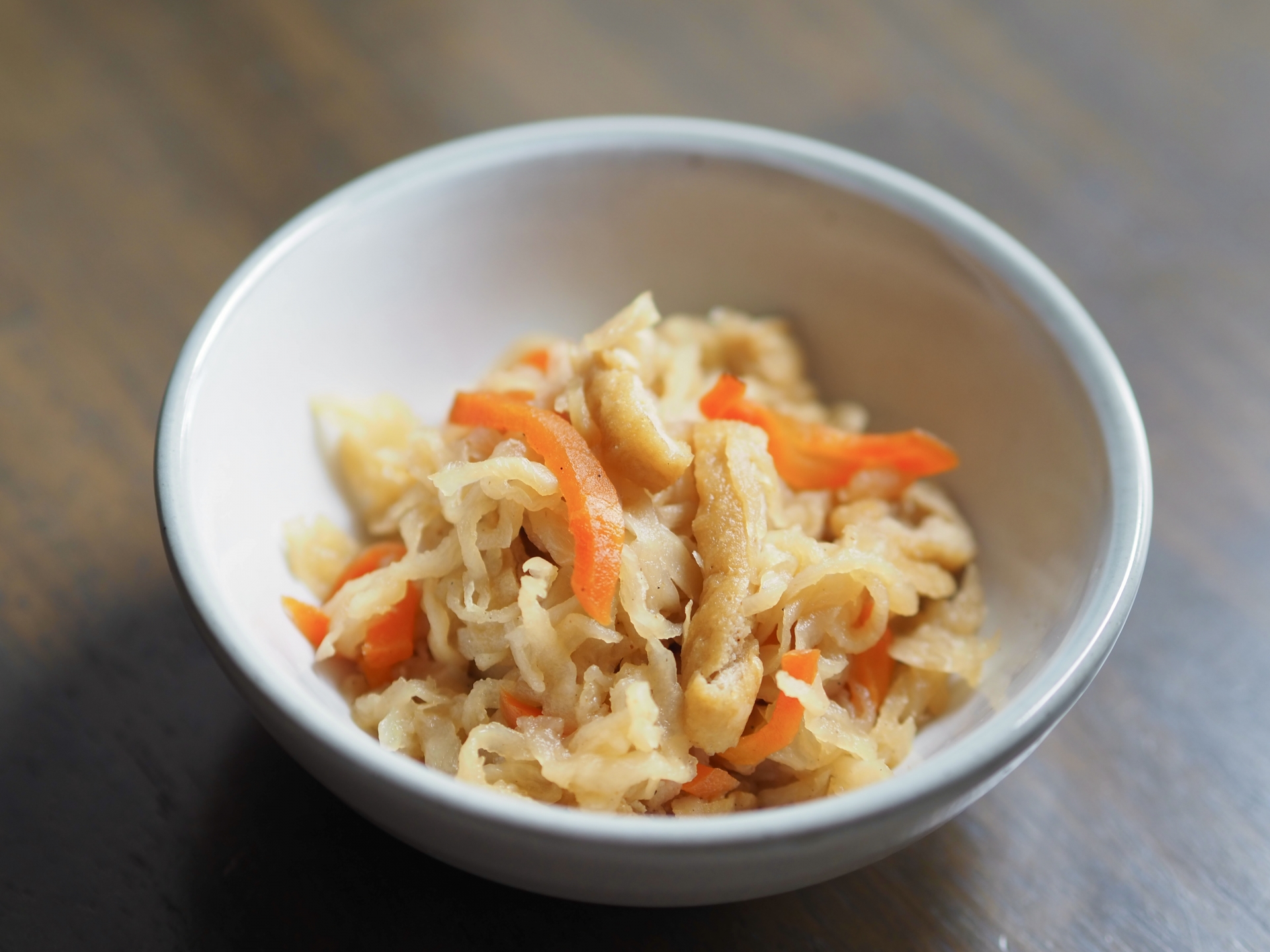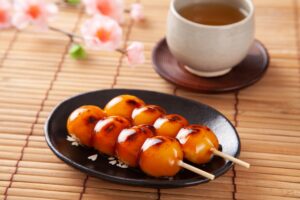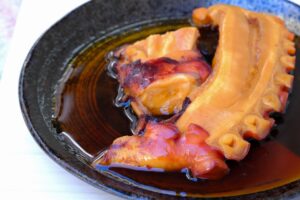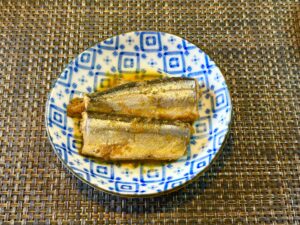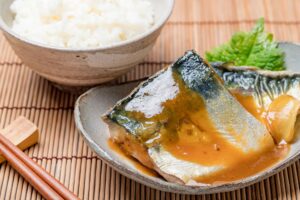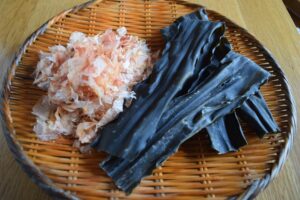Simmered dried daikon, or kiriboshi daikon nimono, is a beloved Japanese side dish made by rehydrating sun-dried daikon strips and gently cooking them in a savory-sweet broth. This guide will explore its history, flavor, nutrition, and step-by-step cooking methods, making it easy for you to bring this healthy, comforting dish into your kitchen.
What is Simmered Dried Daikon?
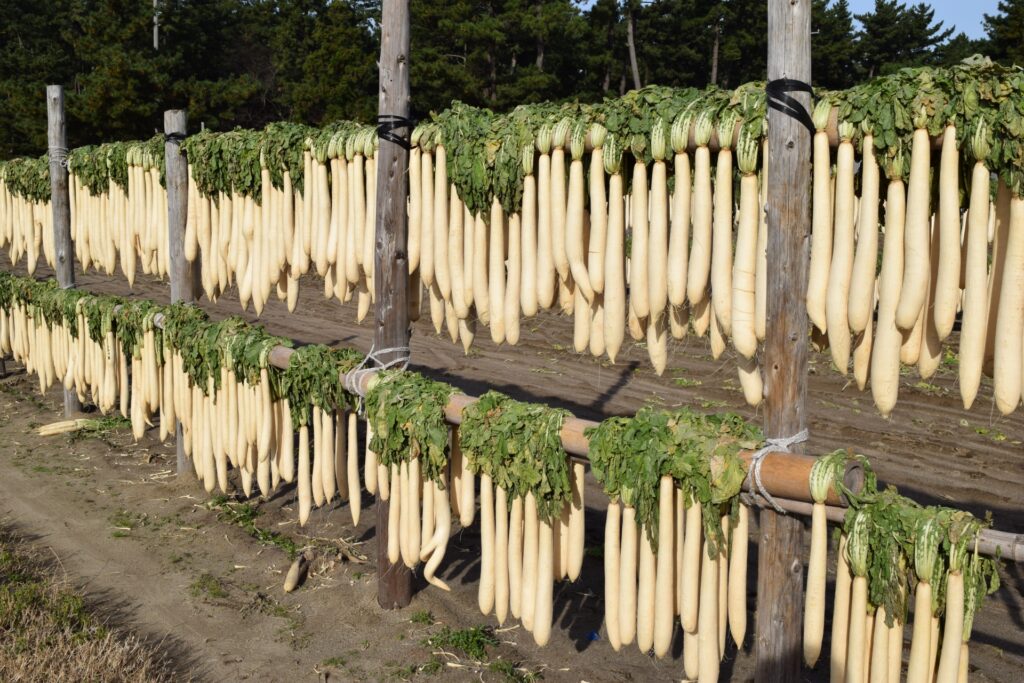
Simmered dried daikon, known in Japanese as kiriboshi daikon nimono (切り干し大根煮物), is a beloved traditional side dish in Japanese cuisine. It brings together history, flavor, and nutrition in one humble yet satisfying bowl. The word kiriboshi refers to cutting daikon radish into thin strips and drying them in the sun, while nimono describes the simmering technique widely used in Japanese cooking.
The dish begins by rehydrating dried daikon strips and simmering them in a savory-sweet broth made with dashi, soy sauce, mirin, and sugar. It is a staple in home kitchens across Japan and often appears in winter meals, when daikon is plentiful and drying preserves it for the colder months. In some regions, kiriboshi daikon nimono is also part of New Year’s osechi ryori, symbolizing thrift, health, and longevity. Beyond seasonal celebrations, it serves as a fiber-rich, umami-packed complement to rice, miso soup, and grilled fish in everyday washoku meals.
The Origins and Cultural Significance
Drying vegetables has been an important preservation technique in Japan for centuries. During the Edo period, farmers discovered that thinly slicing and sun-drying daikon not only extended its shelf life but also concentrated its sweetness and umami. Kiriboshi daikon became a pantry essential, particularly in rural areas where fresh vegetables were scarce in winter.
This preservation practice carries cultural weight in washoku, Japan’s traditional cuisine, aligning with the philosophy of respecting and making the most of seasonal bounty. It also symbolizes frugality and avoiding waste—values historically cherished in Japanese households.
Regionally, Kanto-style nimono tends to feature a darker, more robust soy sauce base, while Kansai-style is lighter in color and flavor, highlighting the gentle sweetness of mirin and the clarity of the dashi. In both cases, kiriboshi daikon nimono reflects resourcefulness, tradition, and the comforting warmth of home cooking.

Flavor Profile and Nutritional Benefits
Kiriboshi daikon has a slightly sweet, earthy taste with a deep umami richness created during the drying process. Once rehydrated and simmered, it becomes soft yet pleasantly fibrous, making it satisfying without being heavy. The broth infuses it with savory depth, while soy sauce and mirin create a harmonious balance of saltiness and sweetness.
Nutritionally, kiriboshi daikon is low in calories yet high in dietary fiber, promoting healthy digestion and satiety. It is also a good source of potassium (supporting heart health), calcium (for bone strength), and vitamin C (for immune support), though some vitamin C is lost during drying. With virtually no fat and being naturally gluten-free, it is popular among health-conscious eaters. In Japanese macrobiotic cooking, it is valued for gently warming the body during winter.
How to Prepare Simmered Dried Daikon
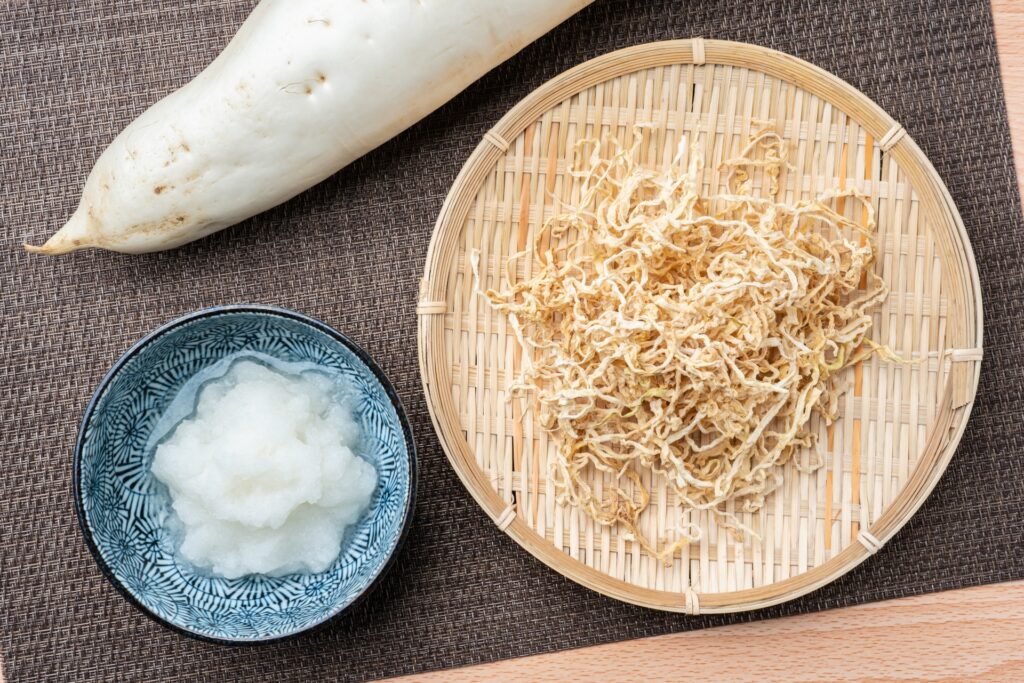
Ingredients You’ll Need (Serves 4)
- Kiriboshi daikon (dried daikon strips) – 30 g
- Carrot – 1/2, cut into thin matchsticks
- Aburaage (fried tofu pouch) – 1, blanched in hot water and cut into strips
- Dashi stock – 300 ml (kombu & katsuobushi; vegan option: kombu & dried shiitake)
- Soy sauce – 2 tablespoons (use tamari for gluten-free)
- Mirin – 2 tablespoons
- Sugar – 1 tablespoon (adjust to taste)
Step-by-Step Cooking Instructions
- Soak the daikon
Place dried daikon strips in a bowl and soak in plenty of cold water for 10–15 minutes until soft. Drain, rinse lightly, and gently squeeze out excess water. Cut into shorter lengths if necessary. - Prepare other ingredients
Slice the carrot into thin matchsticks. Blanch the aburaage in boiling water to remove excess oil, then cut into strips. - Make the broth
In a saucepan, bring dashi stock to a simmer. Add soy sauce, mirin, and sugar. Adjust seasoning to taste. - Simmer
Add the rehydrated daikon, carrot, and aburaage to the broth. Cover with a drop lid (otoshibuta) and simmer over low-medium heat for 15–20 minutes, until the liquid has reduced by about half. - Let the flavors develop
Turn off the heat and let the dish sit for 5–10 minutes before serving—flavors will deepen as it rests. - Serve
Enjoy warm or at room temperature, typically served in small bowls as a side dish.
Cooking Timeline Infographic Idea:
Soak (15 min) → Slice (2 min) → Simmer (20 min) → Rest (5 min) → Serve
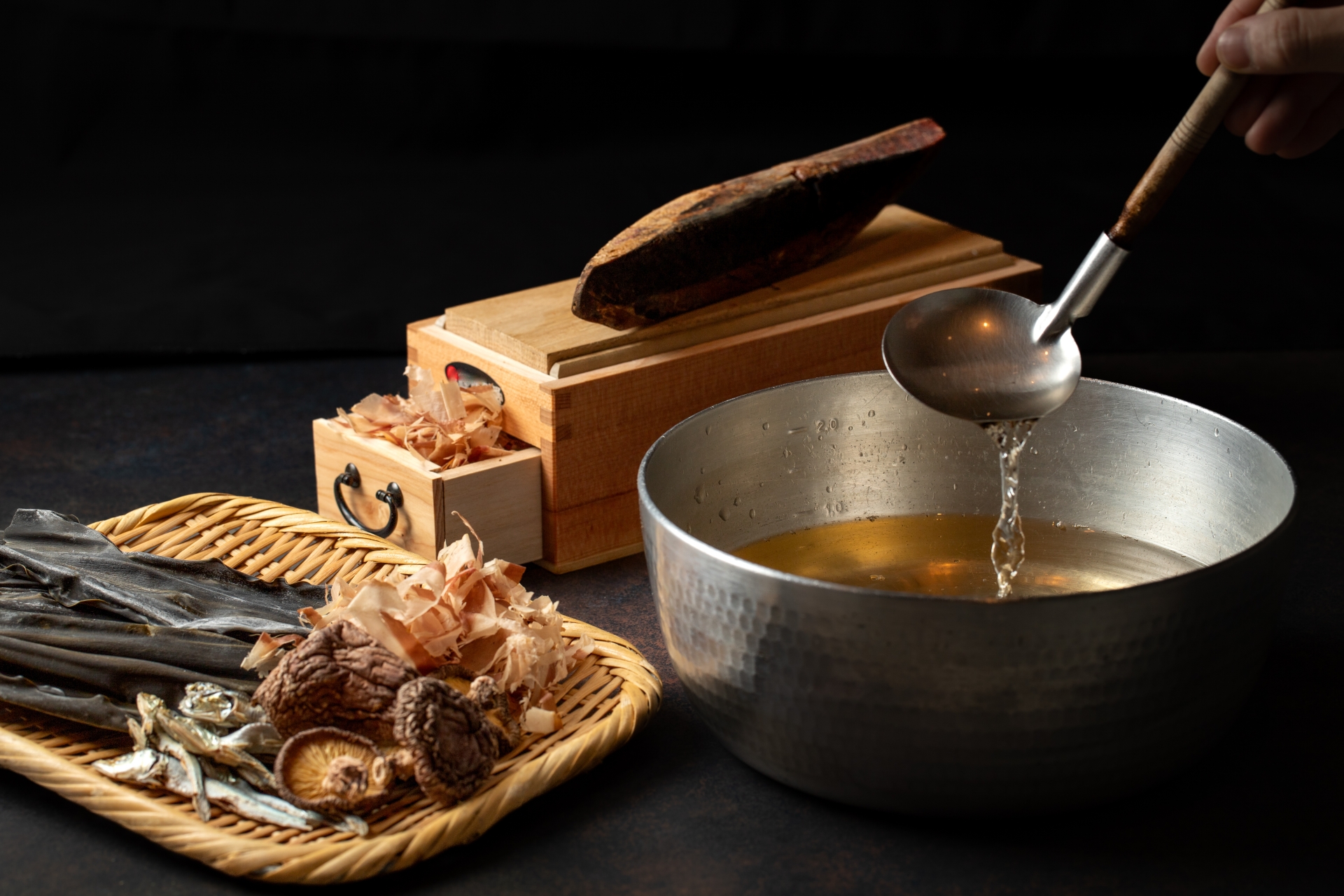
Storage Tips
Refrigeration: Store in an airtight container for up to 3 days.
Freezing: Portion into small servings and remove excess liquid before freezing to prevent the dish from becoming watery and losing flavor upon thawing. Freeze for up to 1 month.
To serve after freezing, thaw in the refrigerator and gently reheat in a saucepan or microwave.
Variations and Modern Twists
While the traditional version is timeless, kiriboshi daikon nimono is versatile enough for modern adaptations:
- Salad version: Toss cooled nimono with sesame oil and leafy greens.
- Grain bowls: Serve over quinoa or brown rice with teriyaki chicken or tofu.
- Pasta fusion: Combine with spaghetti, olive oil, and a soy-based sauce for a Japanese-Italian twist.
- Alternative seasonings: Add grated ginger, toasted sesame seeds, or a spoonful of miso for extra complexity.
Where to Buy or How to Make Dried Daikon at Home
Kiriboshi daikon is available at Asian grocery stores, Japanese specialty shops, and online retailers such as Amazon or JapanesePantry.
For homemade dried daikon:
- Peel fresh daikon and cut into thin strips.
- Air-dry outdoors in a sunny, well-ventilated place for 3–5 days, or
- Use a food dehydrator for a faster, weather-proof option.
Making it at home not only delivers fresher flavor but also supports sustainability by using surplus daikon and reducing food waste.
Pairing Suggestions
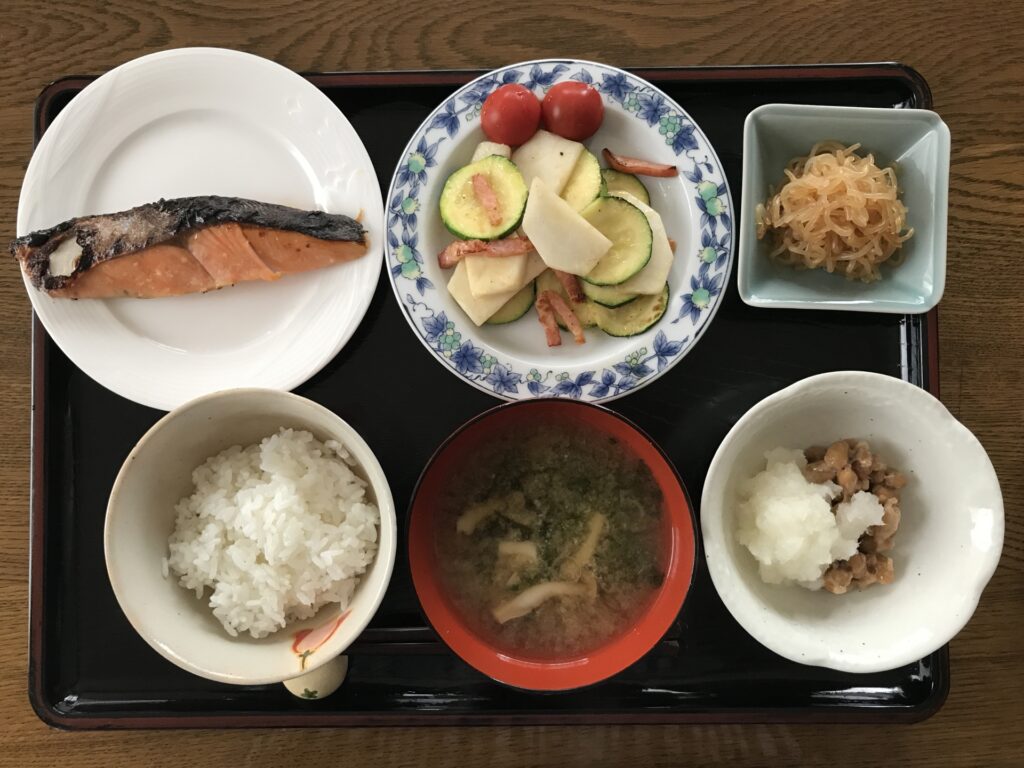
Kiriboshi daikon nimono pairs well with:
- Steamed rice and miso soup for a classic Japanese set meal
- Grilled fish such as mackerel or salmon
- Bento boxes as a nutritious, make-ahead side
- Other nimono dishes like simmered pumpkin or hijiki seaweed
Its mild flavor makes it the perfect companion to richer, more robust main dishes.
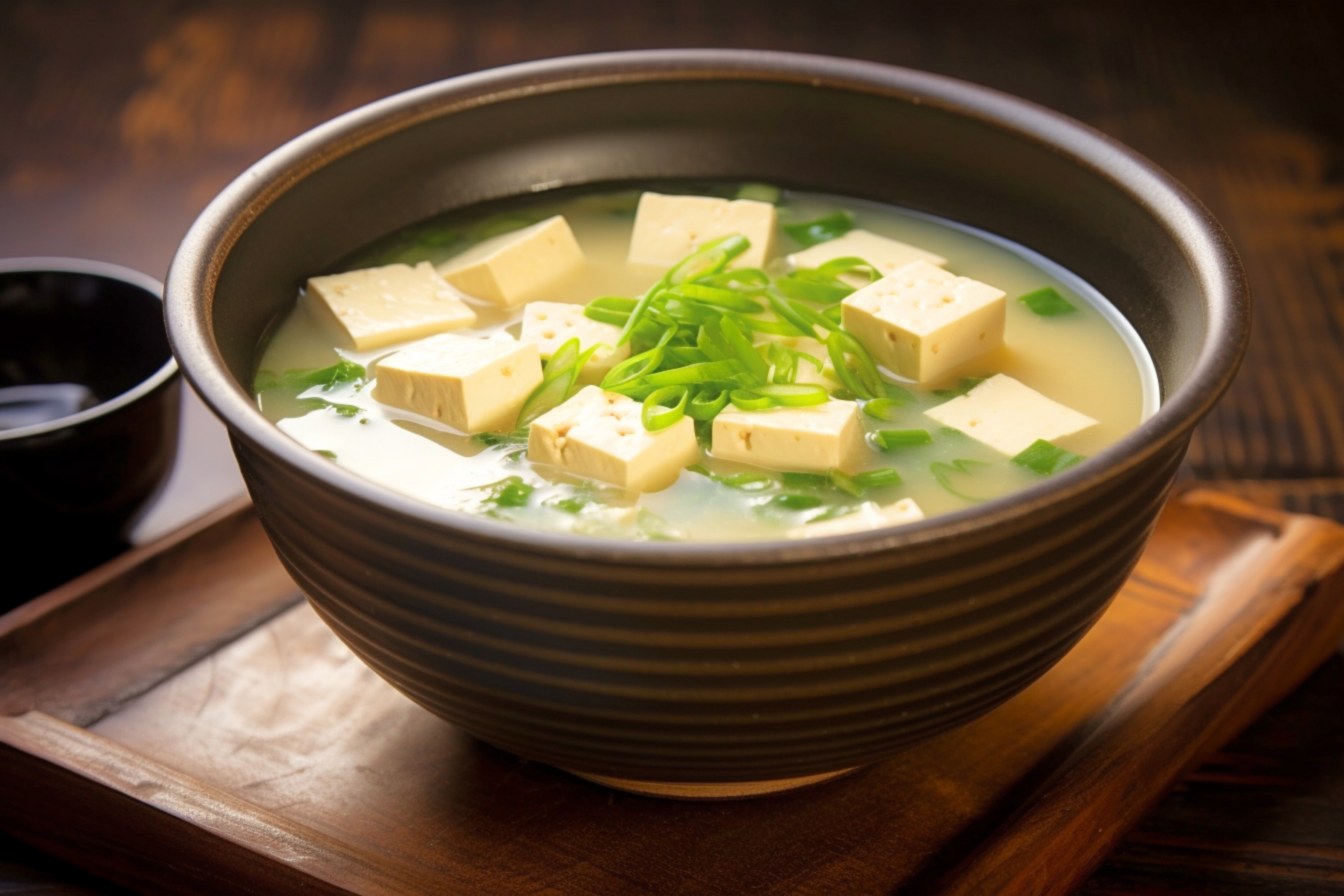
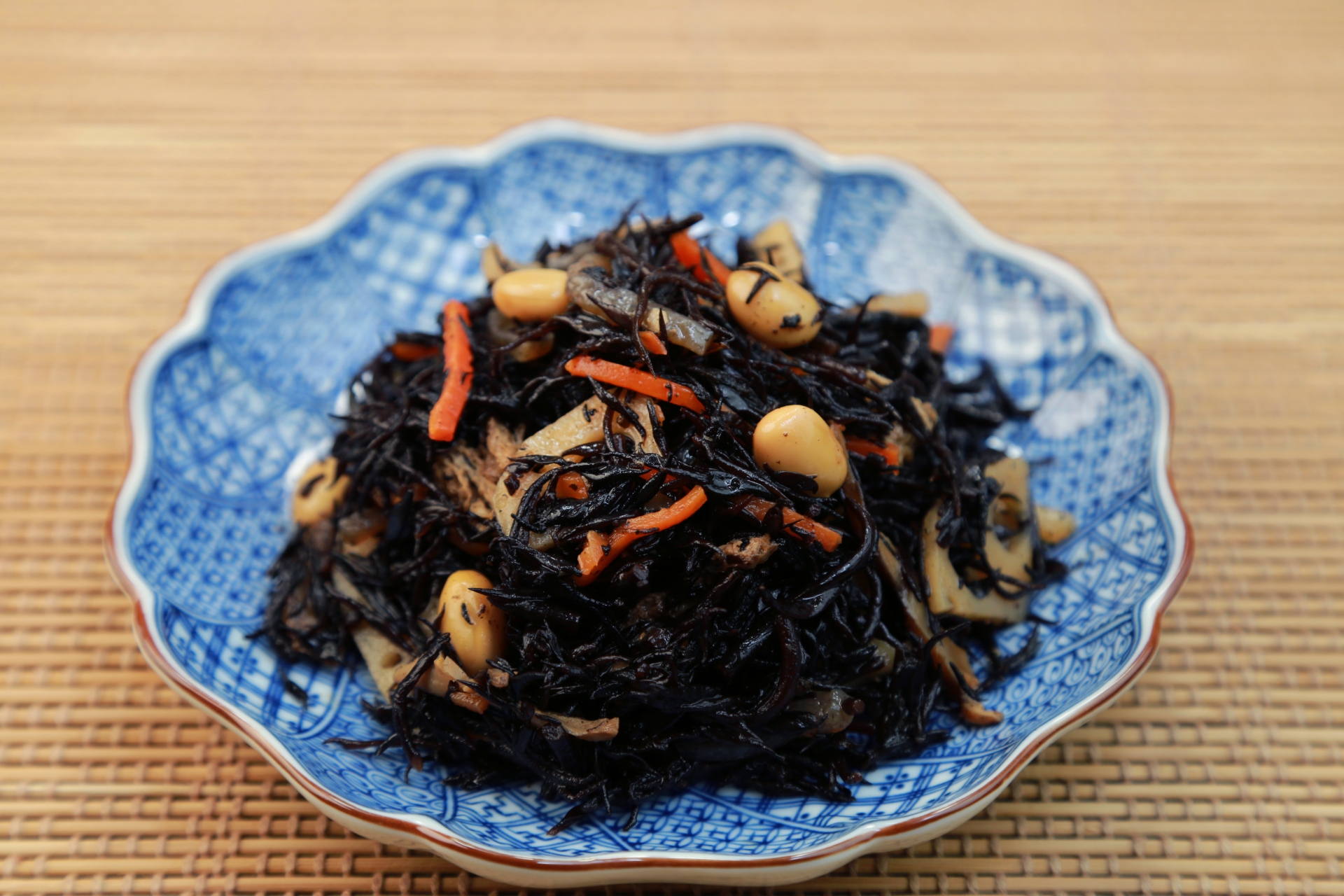
Conclusion
Simmered dried daikon, or kiriboshi daikon nimono, is far more than a simple side dish—it is a taste of Japanese heritage, resourcefulness, and seasonal wisdom. From its origins as a preservation method to its place in modern fusion cuisine, it offers warmth, nutrition, and adaptability. Whether served as part of a traditional washoku meal or reimagined in creative ways, it remains a comforting and healthy addition to any table.
Try making it at home—once you do, you’ll understand why it has been cherished for generations.

